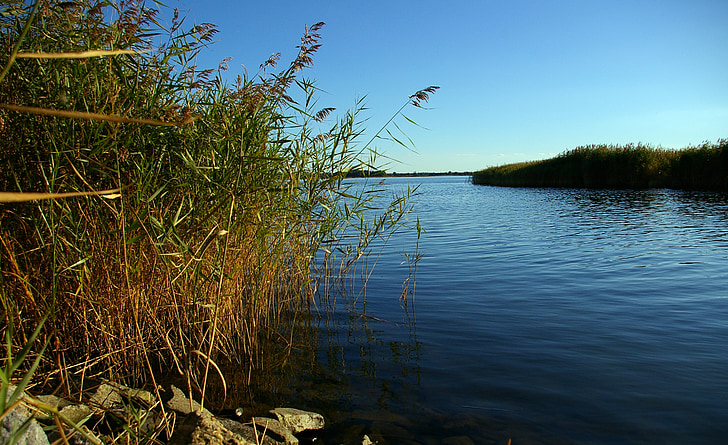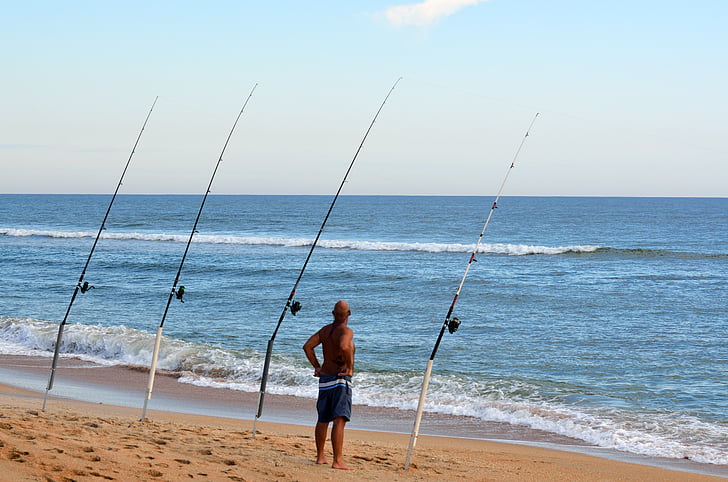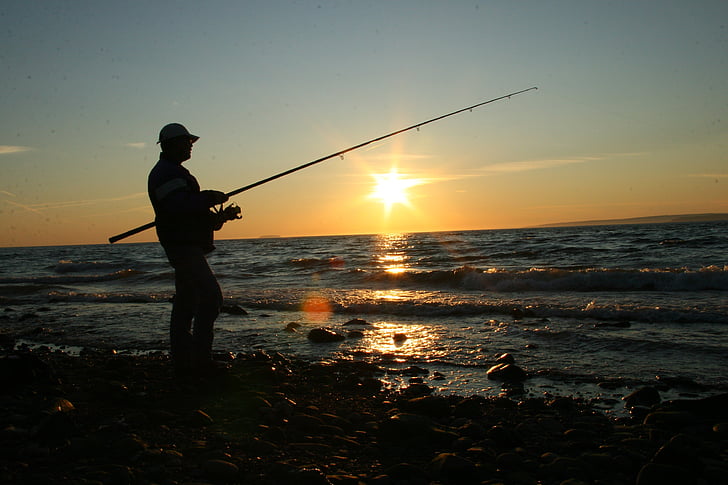Physical Address
304 North Cardinal St.
Dorchester Center, MA 02124
Physical Address
304 North Cardinal St.
Dorchester Center, MA 02124

Get the latest information on Alabama's 2025 fishing license requirements, regulations, and catch limits. Ensure a legal and successful fishing experience with our comprehensive guide.
As an avid angler looking to fish in Alabama’s abundant waters in 2025, it’s crucial to stay up-to-date on the latest fishing regulations and catch limits. Adhering to these rules not only ensures a successful and enjoyable fishing trip but also helps preserve Alabama’s diverse aquatic ecosystems for generations to come.
In this comprehensive guide, we’ll walk you through everything you need to know about Alabama’s fishing license requirements, size and creel limits, seasons, and special regulations for both freshwater and saltwater fishing in 2025.
Fishing in Alabama requires a valid license for most anglers. Here’s what you need to know about Alabama fishing license requirements for 2025:
It’s important to note that different licenses are required for freshwater and saltwater fishing. Always carry your license while fishing, as law enforcement may request to see it at any time.
Some individuals are exempt from needing a fishing license in Alabama:
Additional Considerations:
Even if you’re exempt from purchasing an annual saltwater license (e.g., those 65 or older), you must still complete the free Saltwater Angler Registration.
Obtaining a fishing license not only ensures legal compliance but also contributes to conservation efforts. The fees collected from fishing licenses help fund habitat restoration, fish stocking programs, and research to maintain healthy fish populations for future generations.
Remember to always check the most current regulations on the Alabama Department of Conservation and Natural Resources website, as fees and requirements may change. By staying informed and following the rules, you’re helping to preserve Alabama’s rich aquatic ecosystems for years to come.
Alabama’s freshwater fishing regulations aim to protect aquatic ecosystems while providing anglers with ample opportunities. These rules, set by the Alabama Department of Conservation and Natural Resources, cover licensing requirements, catch limits, and specific regulations for various fish species.
Purchase your license: Outdoor Alabama License Portal
| Species | Daily Limit | Size Limit |
|---|---|---|
| Black Bass (all species) | 10 in combination | Varies by water body; often 12″ minimum |
| Crappie | 30 | 9″ minimum on most public waters |
| Catfish (under 34 inches) | No limit | No size limit |
| Catfish (over 34 inches) | 1 per day | 34″ minimum |
| Bream (Sunfish) | 50 | No statewide size limit |
Fish should be measured with mouth closed and tail lobes pressed together, from snout tip to tail end. Immediately release fish not meeting minimum length requirements.
Adhering to these regulations helps maintain healthy fish populations and ensures sustainable fishing experiences. Always check for special regulations at access points or on the Outdoor Alabama website before fishing, as rules can vary by water body.
Stay informed about the latest changes by regularly checking the Alabama Department of Conservation and Natural Resources website.
Some general rules apply statewide:
Fishing regulations may change year to year based on the latest scientific data and management strategies. Always check the Outdoor Alabama website for the most current information before wetting a line.
Other helpful regulation resources include:
By staying informed and complying with Alabama’s fishing regulations, anglers play a vital role in conserving the state’s incredible fisheries for current and future generations to enjoy. So get your fishing license, know before you go, and get ready to make lasting memories fishing Alabama’s abundant waters!

